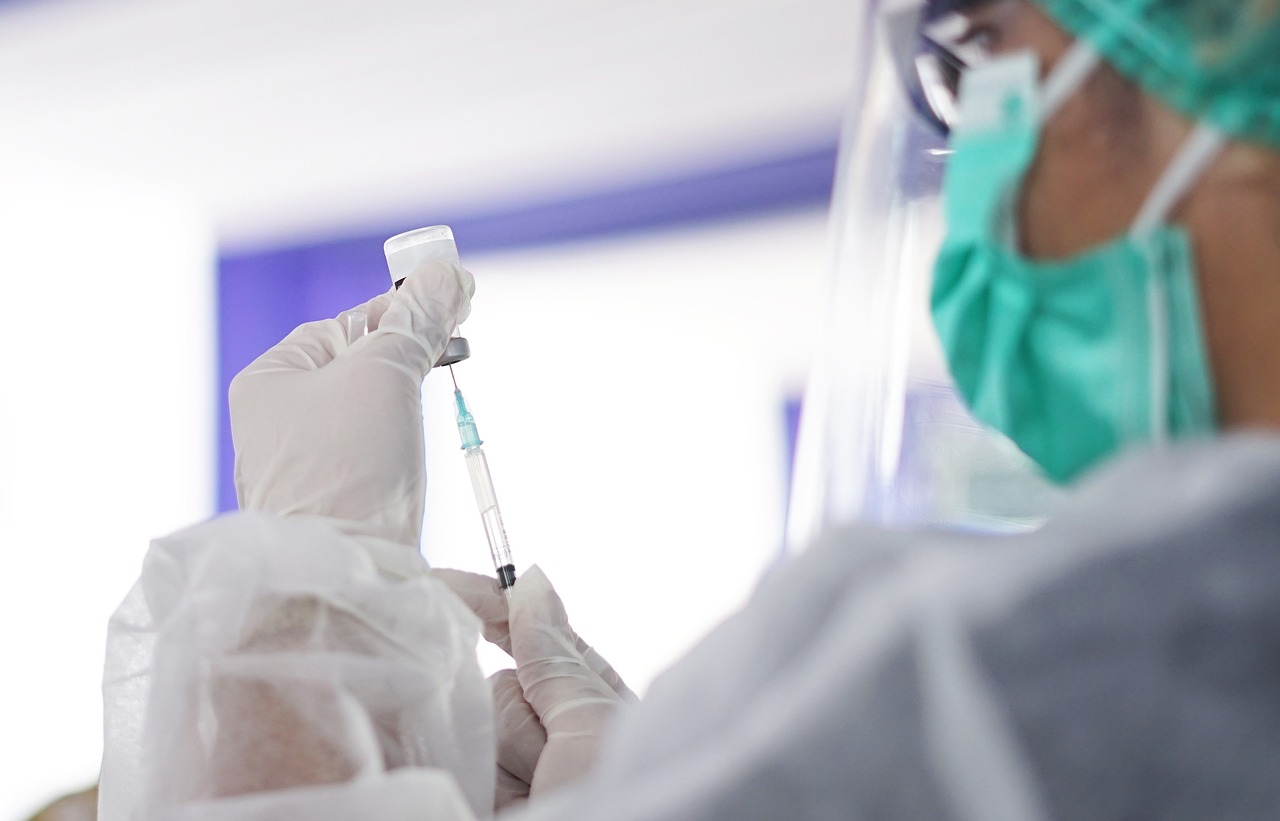Construction and Delays
The BMC was established swiftly on land owned by the National Research Council (NRC) at the site of a former animal vaccine plant, thanks to a $130 million investment from the federal government. Initially projected to start production by the end of 2020, the facility was fully constructed by June 2021 and passed Health Canada's regulatory compliance in July 2022. Despite these milestones, the facility has continually missed production start dates promised for 2021, 2022, and now 2023.
Financial and Operational Challenges
Despite ongoing support from the NRC, which includes $17 million in annual funding to maintain approximately 100 employees, the BMC's main partner, U.S. firm Novavax, has faced multiple setbacks. Initially poised to produce its vaccine at the BMC, Novavax has not only delayed production but is also grappling with broader market challenges. With COVID - 19 vaccine sales declining globally and the market dominated by Pfizer and Moderna, Novavax's subunit vaccine faces stiff competition.
Expert Opinions and Market Viability
Dr. Earl Brown, a virology expert from the University of Ottawa, has expressed skepticism regarding the viability of the BMC in the long - term COVID - 19 market, especially given the limited uptake of Novavax's vaccine in Canada. This sentiment is exacerbated by broader industry trends, such as AstraZeneca withdrawing its vaccine due to a global surplus.
Government and Industry Response
While Novavax remains committed to starting production, possibly in 2024, concerns about financial stability and operational viability loom large. The BMC, which operates as an independent not - for - profit corporation, remains tight-lipped about its progress. There is also significant government investment aimed at keeping the facility ready for potential future public health emergencies, suggesting a broader strategic intent beyond immediate COVID - 19 vaccine production.
A Crossroads for Canadian Biotech
The BMC's journey underscores the complexities of vaccine production and the unpredictability of pandemic responses. The facility stands at a crossroads, with potential shifts towards manufacturing non - COVID products or responding to future health crises. However, the longer it remains inactive, the more questions arise about the allocation of public funds and the strategic direction of Canada's biotech capabilities. The situation remains a poignant reminder of the challenges faced by nations attempting to establish self - sufficiency in critical health technologies during a global crisis.
Source: CBC


 The consumption of ultra-processed foods is a growing concern worldwide due to its links to major health issues. From obesity
The consumption of ultra-processed foods is a growing concern worldwide due to its links to major health issues. From obesity Loneliness, a widespread and often unspoken issue, has been recognized as a significant public health concern. Research shows it can
Loneliness, a widespread and often unspoken issue, has been recognized as a significant public health concern. Research shows it can Cold water therapy, a practice gaining popularity among celebrities and athletes, is becoming a global trend. With promises of stress
Cold water therapy, a practice gaining popularity among celebrities and athletes, is becoming a global trend. With promises of stress

